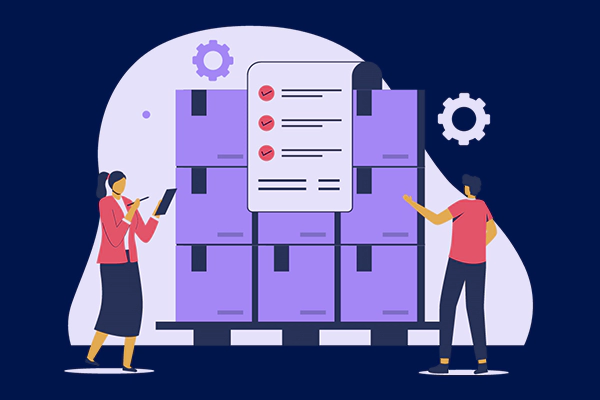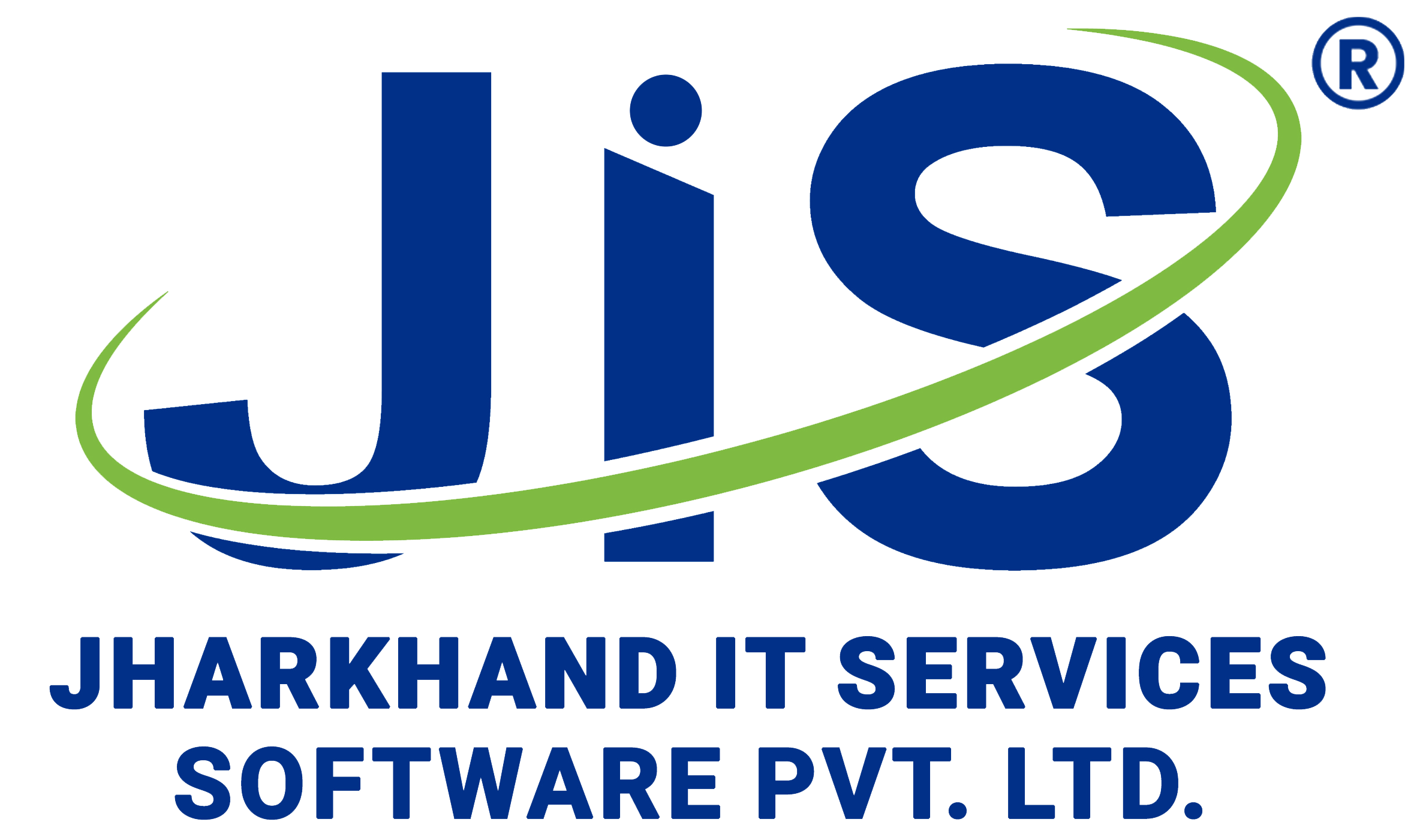Retail Inventory Management
Effective inventory management is crucial for retail enterprises, whether they are physical shopfronts or massive online retailers. In addition to guaranteeing that goods are easily accessible to satisfy consumer demand, effective inventory management is essential for cost containment and profit maximization. Let us look at the fundamentals of retail inventory management and offer advice on how to make your inventory procedures more efficient.
Understanding Retail Inventory Management
Retail inventory management involves the processes, strategies, and technologies used by retailers to oversee their product stock. This includes ordering, storing, tracking, and replenishing inventory to meet customer demand while minimizing carrying costs. A well-structured inventory management system is essential for a thriving retail business.
Inventory Classification
One of the first steps in effective inventory management is to classify products based on their demand patterns. The ABC analysis method categorizes inventory into three groups:
- A: High-value, low-quantity items
- B: Moderate-value, moderate-quantity items
- C: Low-value, high-quantity items

Focusing on A-items helps reduce the risk of stockouts for high-demand products, while C-items require less attention due to their lower impact on revenue. Safety Stock Safety stock is a buffer inventory kept on hand to account for unexpected fluctuations in demand or supply chain disruptions. Maintaining an appropriate safety stock level can help prevent stockouts during peak demand periods.
Just-in-Time (JIT) Inventory
JIT inventory management aims to minimize holding costs by receiving and restocking products just in time to meet customer demand. This strategy reduces carrying costs but requires robust supply chain coordination.
Inventory Turnover
Inventory turnover measures how quickly products are sold and replaced over a specific period. A higher turnover rate suggests efficient inventory management and faster cash flow.
Technology Integration
Invest in inventory management software that provides real-time visibility into stock levels, automates reorder processes, and offers detailed reporting and analysis. Modern technology can significantly improve inventory control and decision-making.
Tips for Optimizing Retail Inventory Management
Regular Audits: Conduct routine physical inventory counts to verify accuracy and identify discrepancies.
Vendor Relationships: Build strong relationships with suppliers to negotiate favorable terms and ensure a reliable supply chain.
Seasonal Planning: Adjust your inventory strategies to account for seasonal trends and peak demand periods.
Implement RFID: Radio-frequency identification (RFID) technology can provide accurate, real-time inventory tracking and reduce manual errors.
Cross-Channel Inventory Sync: If you have both physical and online stores, ensure inventory levels are synchronized to prevent overselling or underselling.
Training and Education: Train your staff on best inventory practices and ensure they understand the importance of accurate data entry.



